My Favourite Painting: Kim Wilkie
'The setting sun pulses, the motion in the waves and figures is slowly rhythmic and the mountains float on the horizon.'
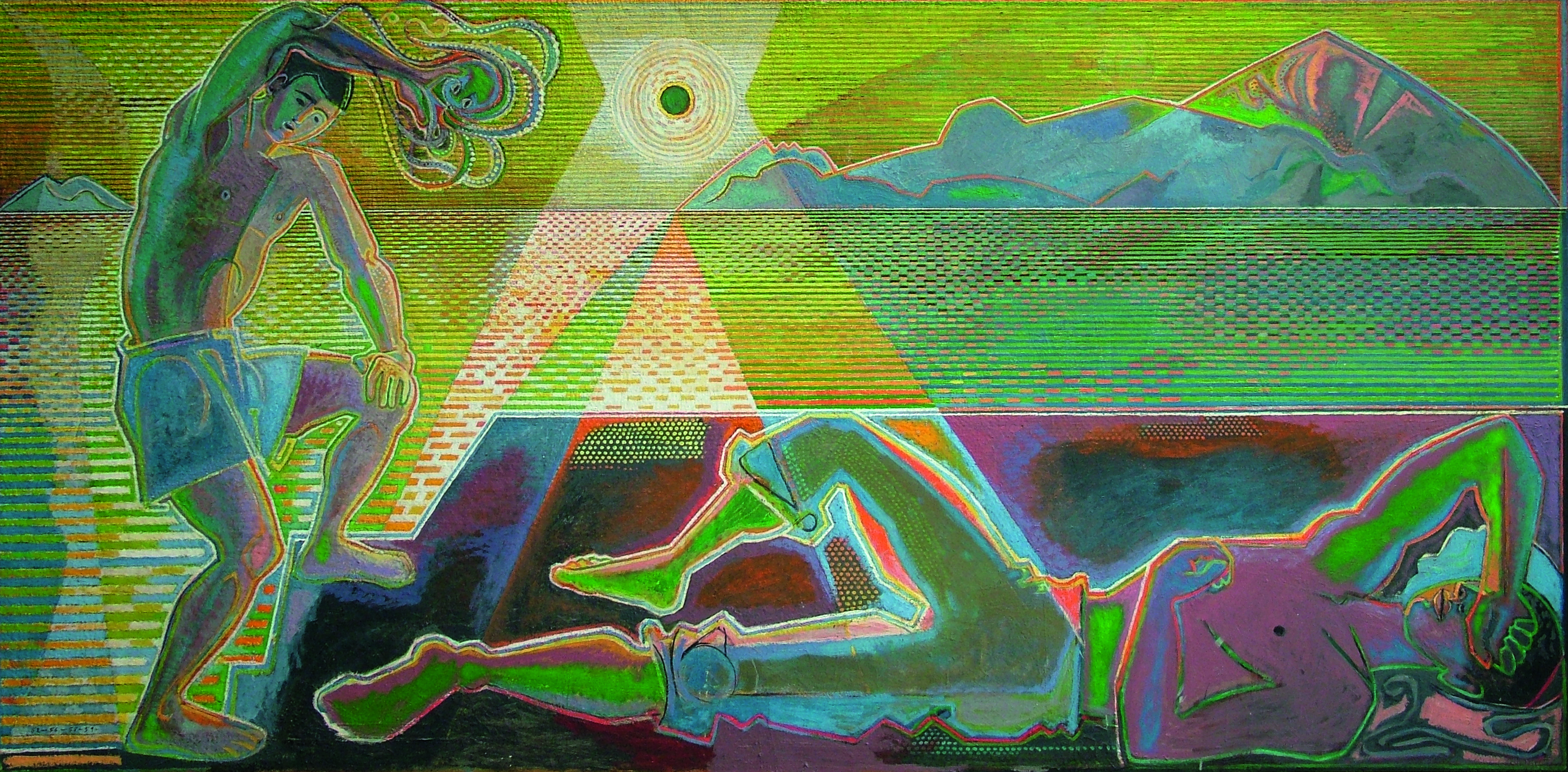

Kim Wilkie chooses Two Figures and Setting Sun by John Craxton:
'Landscape, for me, is more about light, sound and stories than appearance. You really can hear, smell and taste this painting. The vibrating patterns are mesmerising; they root a fleeting moment in a timeless place.
'The setting sun pulses, the motion in the waves and figures is slowly rhythmic and the mountains float on the horizon. I have stared at the painting for hours and it draws you in deeper. It drifts into your imagination.'
John McEwen onTwo Figures and Setting Sun by John Craxton:
John Craxton first came to prominence in the early 1940s as a neo-Romantic painter in the pastoral tradition of the 19th-century Samuel Palmer. Craxton disliked being labelled, but, to his friend and collector Sir David Atten-borough, he ‘grudgingly admitted’ he would accept ‘Arcadian’ (John Craxton by Ian Collins, 2011).
John Leith Craxton was born into a musical family. His father was a pianist, musicologist and professor at the Royal College of Music and his mother, a descendant of Benjamin West, the second president of the Royal Academy, gave up a career as a violinist to mother her family of five sons (John was the fourth) and one daughter, the future oboist Janet Craxton. John was brought up in St John’s Wood, where his parents kept open house to young and old in an atmosphere of benign bohemian disorder. That spirit prevailed when, in old age, he presided over his parents’ later Hampstead home, the music room of which is still used by professional musicians.
For much of his life, Craxton lived and worked in Greece, latterly in Crete—suitably for an Arcadian, as Arcadia was originally a region of southern Greece. He was the artist counterpart of his friend, the Greek-based travel writer Patrick Leigh-Fermor, whose book jackets he illustrated.
Craxton took 15 years to paint this Arcadian homage to his adopted land, due to much revision, including the loss of a figure. A boy flings an octopus onto the quay: ‘The subject is Greek in its bones but what amuses me is the old romantic English love of mood coming out in me,’ he wrote.
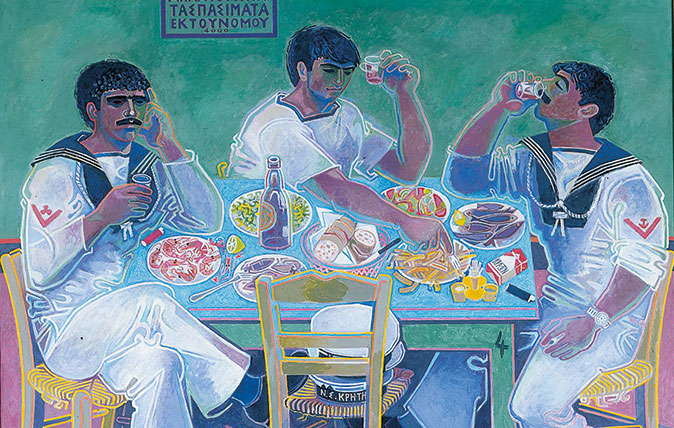
In Focus: The charmed life of Paddy Leigh Fermor and friends in Greece
The iconic writer Paddy Leigh Fermor and two of his friends in Greece – both artists, one a local man and
Sign up for the Country Life Newsletter
Exquisite houses, the beauty of Nature, and how to get the most from your life, straight to your inbox.

In Focus: The wonder of the theatre directors finding new ways to fuse modern life into classic plays
Our theatre critic Michael Billington applauds the efforts made to freshen up Tartuffe and Equus in ways which bring new
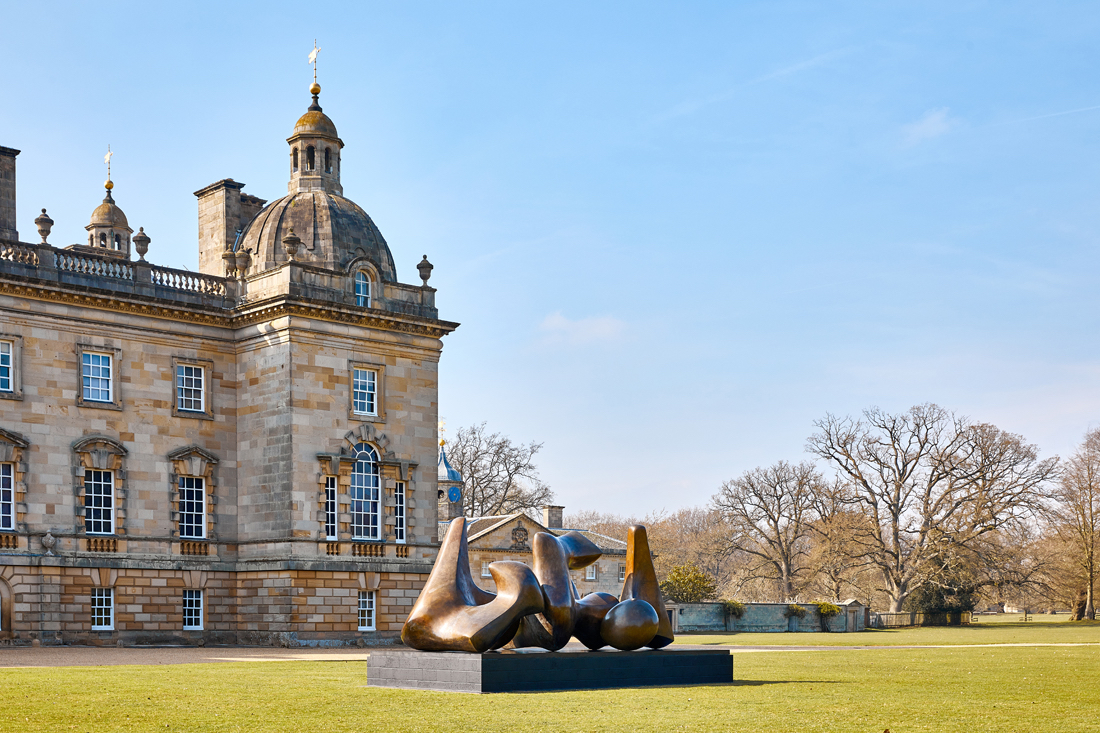
Credit: Pete Huggins
Henry Moore at Houghton Hall: Where ancient architecture meets modern art
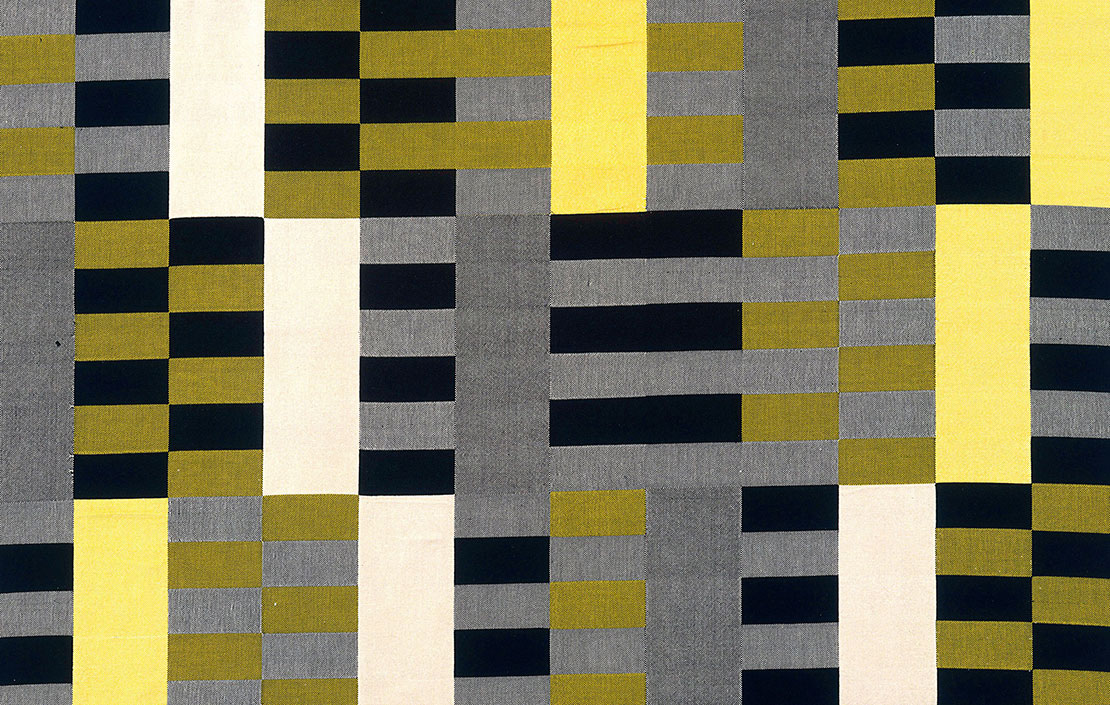
In Focus: The mesmerising work of Anni Albers, the Bauhaus graduate who turned weaving into fine art
Anni Albers' extraordinary talent for weaving elevated her craft to the very highest levels. Chloe-Jane Good takes a look at
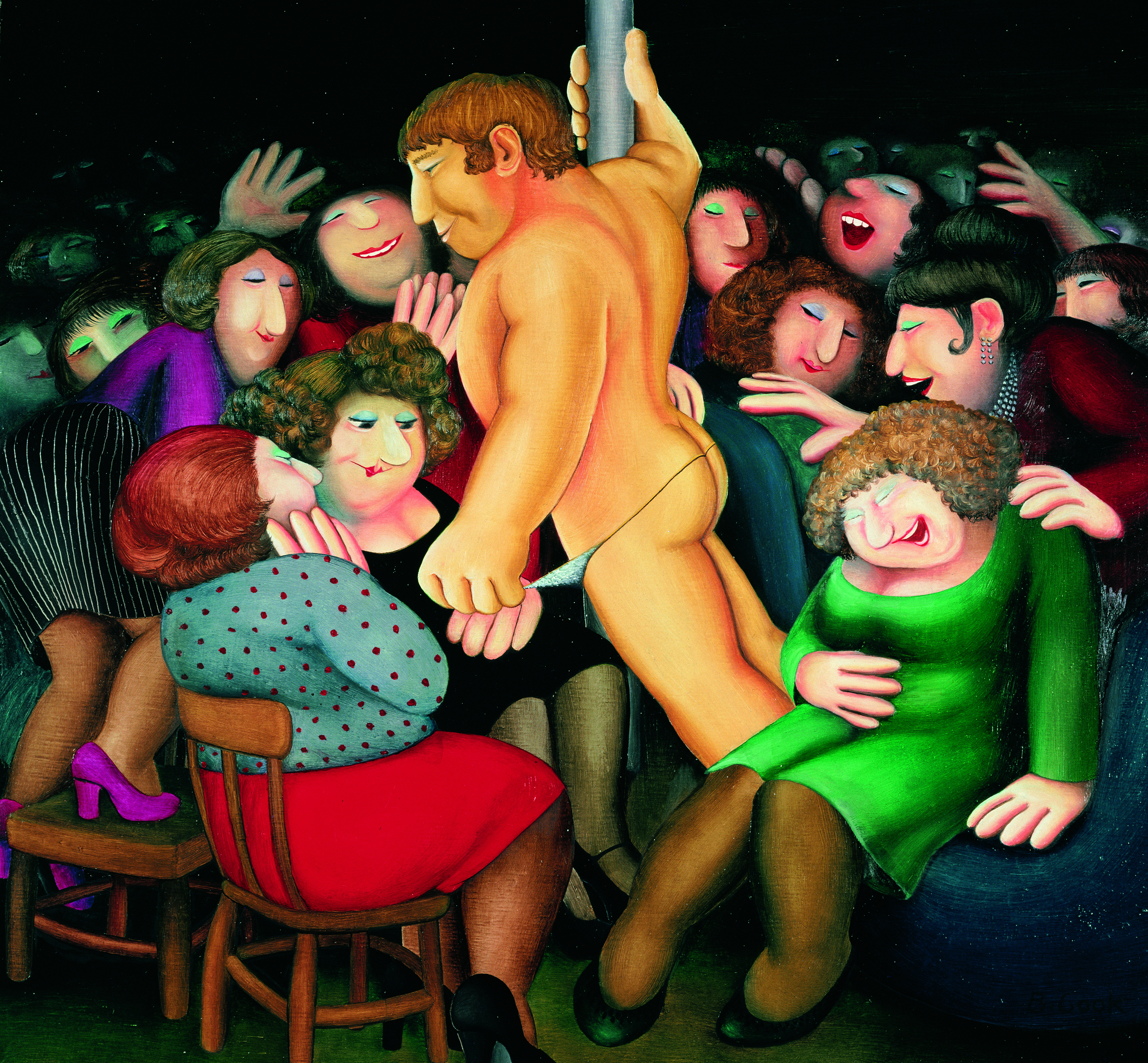
My Favourite Painting: Barry Cryer
'Like all her work, it displays a ripe sense of humour, which is what attracted me to it. No pretension,
Country Life is unlike any other magazine: the only glossy weekly on the newsstand and the only magazine that has been guest-edited by HRH The King not once, but twice. It is a celebration of modern rural life and all its diverse joys and pleasures — that was first published in Queen Victoria's Diamond Jubilee year. Our eclectic mixture of witty and informative content — from the most up-to-date property news and commentary and a coveted glimpse inside some of the UK's best houses and gardens, to gardening, the arts and interior design, written by experts in their field — still cannot be found in print or online, anywhere else.
-
 Athena: We need to get serious about saving our museums
Athena: We need to get serious about saving our museumsThe government announced that museums ‘can now apply for £20 million of funding to invest in their future’ last week. But will this be enough?
By Country Life
-
 Six rural properties with space, charm and endless views, as seen in Country Life
Six rural properties with space, charm and endless views, as seen in Country LifeWe take a look at some of the best houses to come to the market via Country Life in the past week.
By Toby Keel
-
 'As a child I wanted to snuggle up with the dogs and be part of it': Alexia Robinson chooses her favourite painting
'As a child I wanted to snuggle up with the dogs and be part of it': Alexia Robinson chooses her favourite paintingAlexia Robinson, founder of Love British Food, chooses an Edwin Landseer classic.
By Charlotte Mullins
-
 The Pre-Raphaelite painter who swapped 'willowy, nubile women' for stained glass — and created some of the best examples in Britain
The Pre-Raphaelite painter who swapped 'willowy, nubile women' for stained glass — and created some of the best examples in BritainThe painter Edward Burne-Jones turned from paint to glass for much of his career. James Hughes, director of the Victorian Society, chooses a glass masterpiece by Burne-Jones as his favourite 'painting'.
By Charlotte Mullins
-
 'I can’t look away. I’m captivated': The painter who takes years over each portrait, with the only guarantee being that it won't look like the subject
'I can’t look away. I’m captivated': The painter who takes years over each portrait, with the only guarantee being that it won't look like the subjectFor Country Life's My Favourite Painting slot, the writer Emily Howes chooses a work by a daring and challenging artist: Frank Auerbach.
By Toby Keel
-
 My Favourite Painting: Rob Houchen
My Favourite Painting: Rob HouchenThe actor Rob Houchen chooses a bold and challenging Egon Schiele work.
By Charlotte Mullins
-
 My Favourite Painting: Jeremy Clarkson
My Favourite Painting: Jeremy Clarkson'That's why this is my favourite painting. Because it invites you to imagine'
By Charlotte Mullins
-
 The chair of the National Gallery names his favourite from among the 2,300 masterpieces — and it will come as a bit of a shock
The chair of the National Gallery names his favourite from among the 2,300 masterpieces — and it will come as a bit of a shockAs the National Gallery turns 200, the chair of its board of trustees, John Booth, chooses his favourite painting.
By Toby Keel
-
 'A wonderful reminder of what the countryside could and should be': The 200-year-old watercolour of a world fast disappearing
'A wonderful reminder of what the countryside could and should be': The 200-year-old watercolour of a world fast disappearingChristopher Price of the Rare Breed Survival Trust on the bucolic beauty of The Magic Apple Tree by Samuel Palmer, which he nominates as his favourite painting.
By Charlotte Mullins
-
 My favourite painting: Andrew Graham-Dixon
My favourite painting: Andrew Graham-Dixon'Lesson Number One: it’s the pictures that baffle and tantalise you that stay in the mind forever .'
By Country Life